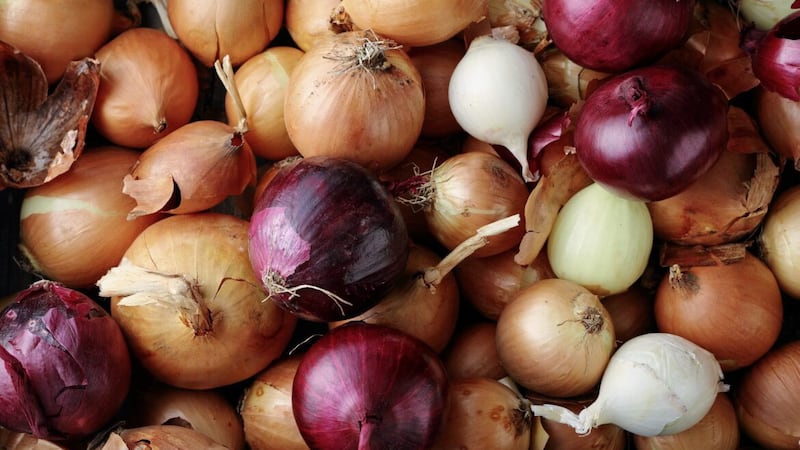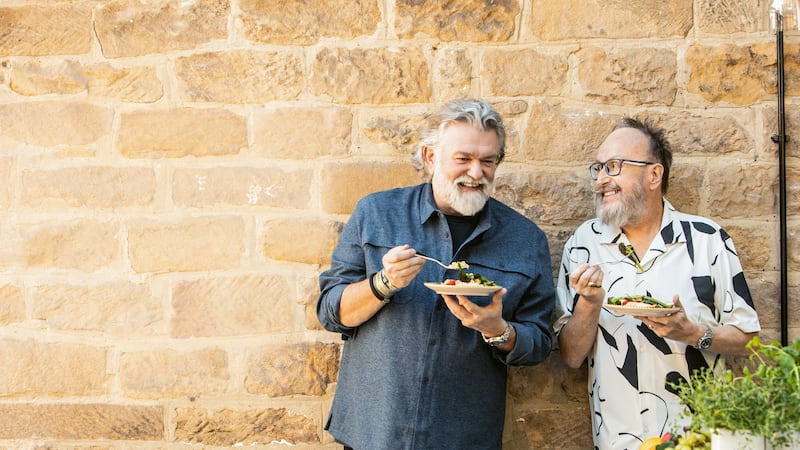I WROTE a few months back about how 2022 won't be remembered as an especially good year for my edible garden. Too much focus on the ornamentals, coupled with an early summer bout of lethargy and apathy meant countless opportunities to raise the usual crops of lettuce, courgettes, rocket, carrots and beans went begging.
I'm reminded of my shortcomings every time I venture into the vegetable basket under the kitchen sink. There, among the shop-bought spuds and a handful of cooking apples brought inside from the garden, is a bag of red onion sets that I bought with the best intentions back in spring.
I'm tempted to see if they can be revived but the prospects aren't good. The bag weighs around one-third of what it did when they were bought six months ago, the young onions shrivelled and dehydrated having spent the interim in a dark, relatively warm environment, rather than nestled in cool, moist soil with the sun on their protruding tops.
But perhaps all is not lost, as one of the advantages of the allium family, of which onions are a member, is not only its diversity – there are some 1,200 members – but that you get two opportunities every year to plant them some of them – spring and autumn.
Onions (Spanish and red), garlic, scallions and shallots can all be planted out at this time of year. They can all be grown from seed too but it's much more straightforward to buy sets, which you'll find in the garden centre or online now, costing anything from a few quid for 50 upwards.
Getting suitable varieties planted in autumn means you won't have to wait as long for next year's harvest. It's also a great way to ensure the soil in your veg patch doesn't sit bare over winter.
But remember that where they are to be planted must be well cultivated, in a nice sunny, well-drained spot that hasn't been dressed recently with nitrogen-rich fresh manure.
Gardeners who plant on a rotation system are divided on where onions fit in. Some suggest the alliums should have a bed all of their own and be excluded from the three-to-five-year rotation.
However, there's also a school who lump them in with legumes (peas and beans), following on from roots (turnip and potatoes) and preceding brassicas (cabbage and sprouts).
Your soil should ideally have a loose texture that enables the roots to bed in quickly and anchor the bulb. You can plant reasonably intensively - four inches apart with six inches between rows - burying the bulb so the tip is level with the surface. You can shorten the distance between the onions but they'll not grow as big.
In the first few weeks they're most susceptible to being pulled out by birds who are likely to discard them nearby. If this does happen simply replant taking care not to damage the roots.
Traditionally it was Japanese onions that overwintered best in Ireland, though European varieties that can withstand the cold have emerged in recent years.
A good golden-skinned autumn planting variety is 'Shakespeare', which forms good sized bulbs that store well. For a red overwintering onion try 'Electric', which produces semi-globe shaped bulbs with crisp, pink-tinged flesh.
'Senshyu' is one of the original Japanese varieties with a reliable track record. It produces good yields of semi-flat bulbs with straw yellow skins. 'Eschalote Grise' is a khaki coloured, gourmet shallot originating in Kazakhstan and becoming increasingly popular in north west Europe.








